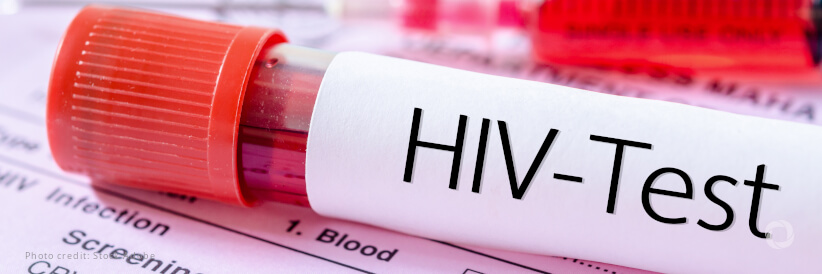On International Condom Day, UNAIDS and partners are calling for HIV prevention efforts to be stepped up. In 2023, around 3,500 people became newly infected with HIV every day, bringing the total number of people newly infected in 2023 to 1.3 million.
One of the most effective, low-cost HIV prevention tools available is condoms which are 98% effective when used correctly and consistently. Condom use has averted an estimated 117 million new HIV infections globally from 1990 to 2019 however, new data reveal that there has been a decline of 6-15% in condom use in several countries, according to the Demographic and Health Surveys (DHS), a Condom Landscape Analysis, and the World Health Organization (WHO).
For the past few years, the estimated global public sector and subsidized condom procurement declined by an average of 30% from peak procurement in 2011. This decline occurred despite the population in Africa growing to an estimated 400 million since 2010. As a consequence, fewer free or subsidized condoms are available per capita in Africa now than a decade ago.
“Condoms are a critical part of a comprehensive approach to HIV prevention and public health.. We also want to make sure medical breakthroughs like long-acting HIV medicines are affordable and accessible to all to give people most at risk additional HIV prevention options,” said Angeli Achrekar, UNAIDS Deputy Executive Director for Programmes.
Public and international investment in condom distribution, education, and social marketing has decreased in recent years. As a result, a new generation of young people has not been exposed to condom promotion.
As new drugs and injectable HIV prevention methods gain ground in the next few years, condoms as well as PrEP (pills for people who may be at risk of acquiring HIV), voluntary medical male circumcision, and treatment remain essential to achieving global health targets related to HIV and sexual and reproductive health.

